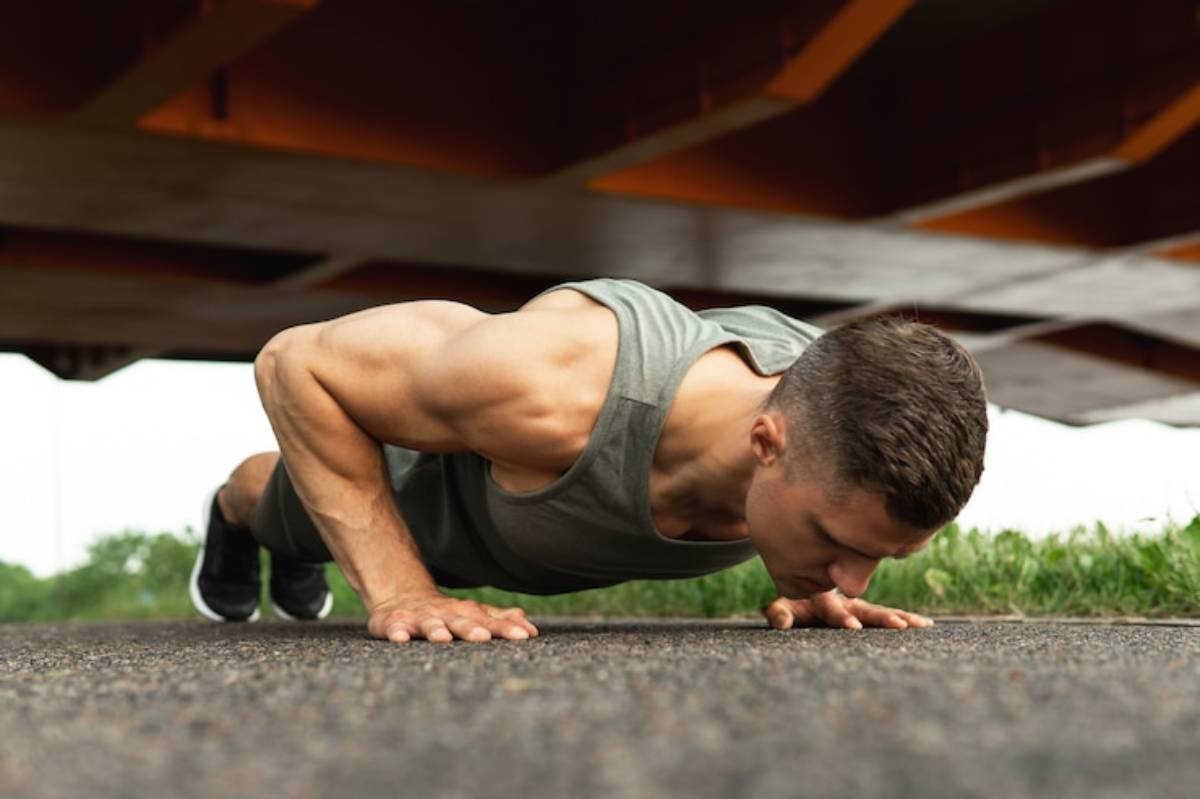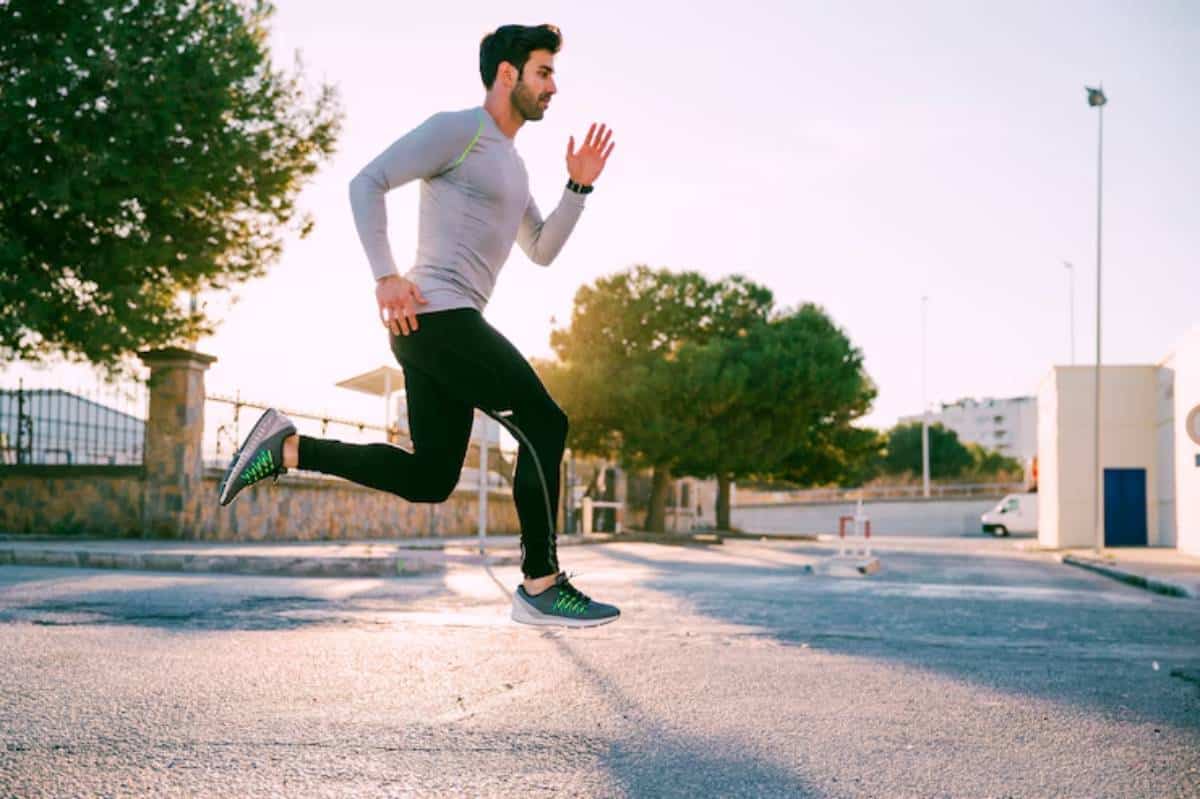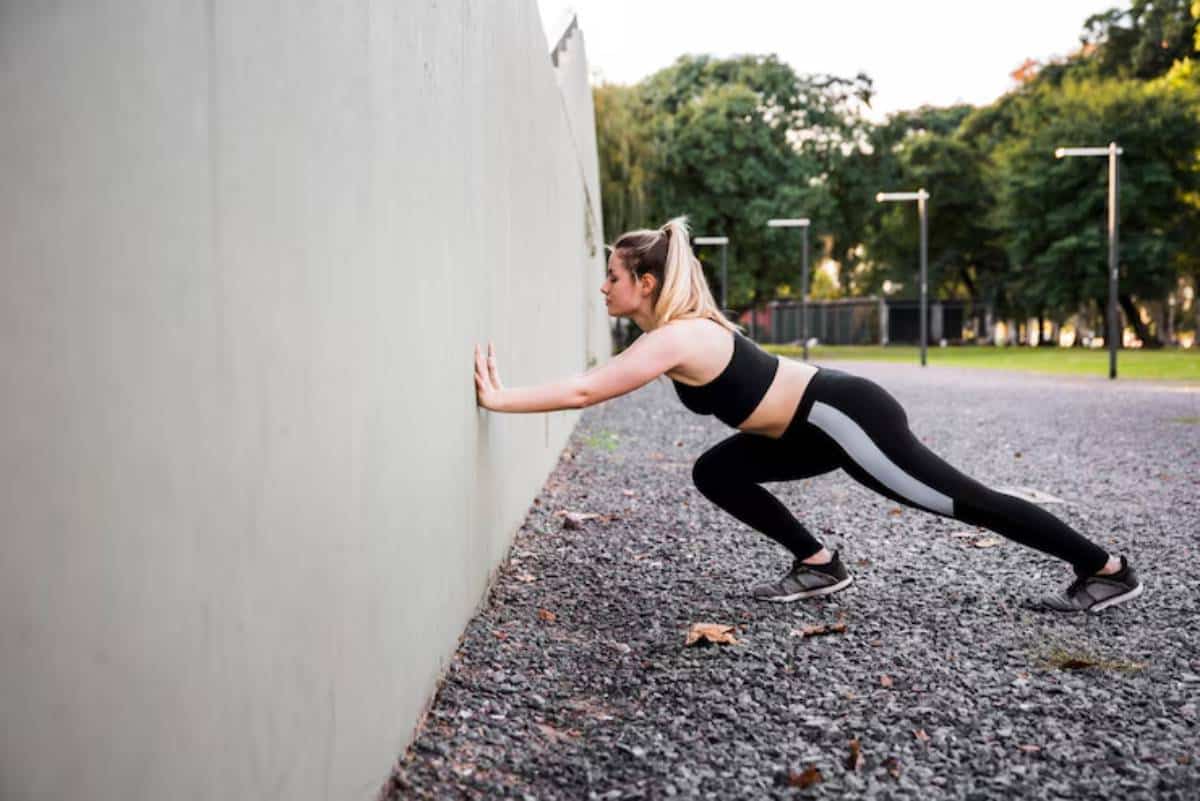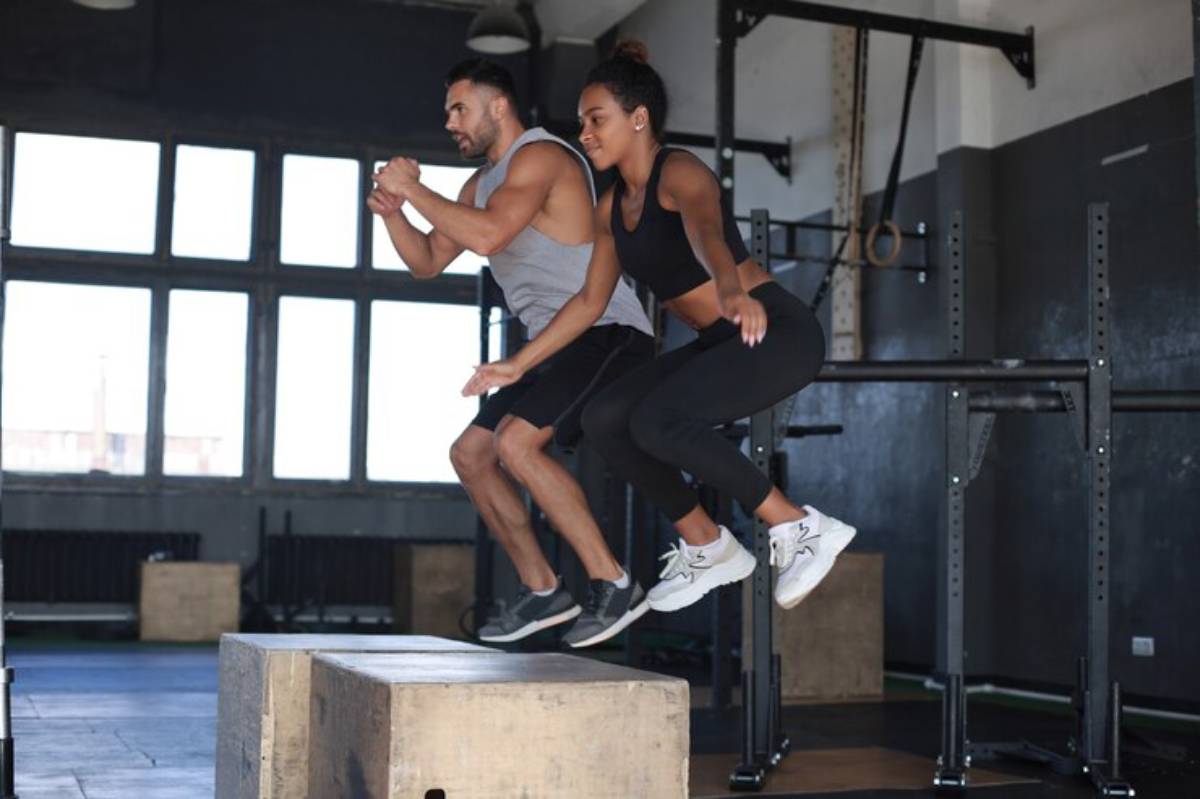
Build Athletic Legs With Plyometric Bodyweight Drills
Ever marvelled at the explosive power of a sprinter launching off the blocks or a basketball player soaring for a slam dunk? That kind of athleticism isn’t reserved for elite athletes — it’s something you can cultivate too. The secret? Plyometric bodyweight drills.
Plyometrics, often dubbed jump training, aren’t just about jumping higher. They’re about developing explosive strength, speed, and agility. If you want to boost your sports performance or tone your legs, bodyweight plyometrics can help a lot.
In this guide, we’ll unpack what plyometrics are, why they’re so effective, and how you can safely incorporate them into your training. Ready to unlock serious power in your legs? Let’s get moving.
What Are Plyometric Drills?
Plyometric training focuses on fast, explosive movements. These exercises aim to boost muscle power. It’s about teaching your muscles to contract more forcefully and rapidly.
Here’s the magic: bodyweight plyometrics simplify things. You only need your body to build explosive energy. Think squat jumps, box jumps, and lunge jumps. These moves use your body’s stretch-shortening cycle.
The Science Behind Plyometrics
Plyometrics leverage a mechanism known as the stretch-shortening cycle (SSC).
Here’s how it works:
- Eccentric phase: Your muscles lengthen under tension (e.g., the downward phase of a jump).
- Amortisation phase: A brief pause where the muscles transition from lengthening to shortening.
- Concentric phase: The muscles contract powerfully (e.g., launching into the air).
The faster you transition between these phases, the more explosive your movement becomes. Over time, this trains your nervous system and muscles to fire more efficiently.
Why You Should Add Plyometric Drills to Your Routine
If you’ve been sticking to squats and lunges, you’re doing well. But adding explosive strength training with plyometrics can elevate your performance.
Here’s why:
- Enhances athletic performance: Plyometrics increase power, speed, and agility. These are key for sports like football, basketball, and running.
- Boosts muscle tone: Fast, high-energy moves work muscle fibres in new ways, helping build lean muscle.
- Improves balance and coordination: Jump training forces your body to stabilise and adjust mid-air and on landing.
- Strengthens joints and connective tissue: Doing plyometrics correctly helps toughen the tendons and ligaments in your knees, ankles, and hips.
And the best part? You don’t need any equipment.
Is Plyometric Training Right for You?
Before jumping (literally) into plyometrics, it’s worth assessing your current fitness level. These drills work well, but they put a lot of stress on your joints and muscles.
Who Should Do Plyometrics?
- Intermediate to advanced exercisers: If you have a good strength training base, plyometrics can boost your workouts.
- Athletes looking to improve performance: From sprinters to martial artists, explosive strength is crucial.
- Fitness enthusiasts seeking variety: Tired of the same routine? Plyometrics bring a fresh, challenging twist.
If you’re new or have joint issues, begin with low-impact options. Then, slowly increase intensity.
Always warm up thoroughly. Dynamic stretches, leg swings, and light cardio get your muscles and joints ready for jump training.
Essential Plyometric Bodyweight Drills for Explosive Strength
Let’s get into the meat of it. Here are some must-try plyometric drills to build powerful, athletic legs. Each exercise targets your lower body, enhancing strength, coordination, and explosiveness.
1. Squat Jumps

- What they are: A foundational plyometric move that trains your quads, glutes, and hamstrings.
- Why they work: They teach your body to explode upwards from a stable base.
How to do them:
- Start in a squat position, with your feet shoulder-width apart.
- Lower into a deep squat, keeping your chest up.
- Drive through your heels and explode upwards.
- Land softly, immediately lowering back into the squat.
Reps: 3 sets of 10–12.
2. Lunge Jumps (Switch Lunges)
- What they are: Alternating jumping lunges that challenge balance and coordination.
- Why they work: They strengthen each leg independently while improving hip mobility.
How to do them:
- Begin in a lunge position.
- Explode upwards, switching legs mid-air.
- Land softly in a lunge with the opposite leg forward.
Reps: 3 sets of 8–10 per side.
3. Broad Jumps
- What they are: Horizontal jumps focusing on distance rather than height.
- Why they work: They develop forward momentum and power through the glutes and hamstrings.
How to do them:
- Stand with feet hip-width apart.
- Lower into a squat, then swing your arms and explode forward.
- Land softly, absorbing the impact through your hips and knees.
Reps: 3 sets of 8.
4. Skater Hops
- What they are: Lateral jumps mimicking a skater’s movement.
- Why they work: They build explosive lateral strength, often neglected in traditional training.
How to do them:
- Start on one leg, slightly bent at the knee.
- Leap sideways, landing on the opposite leg.
- Swing the free leg behind you for balance.
Reps: 3 sets of 10–12 per side.
5. Tuck Jumps
- What they are: High-intensity jumps where you tuck your knees toward your chest.
- Why they work: They demand quick muscle contractions, enhancing speed and coordination.
How to do them:
- Start in a standing position.
- Jump as high as you can, tucking your knees toward your chest.
- Land softly, keeping your knees slightly bent.
Reps: 3 sets of 8.
Structuring Your Plyometric Workout
Not sure how to integrate these drills into your routine? Here’s a sample plyometric session to kick things off:
| Exercise | Reps/Time | Sets |
| Squat Jumps | 10–12 | 3 |
| Lunge Jumps | 8–10 per side | 3 |
| Broad Jumps | 8 | 3 |
| Skater Hops | 10–12 per side | 3 |
| Tuck Jumps | 8 | 3 |
Rest: 60–90 seconds between sets.
Frequency: Aim for 2–3 sessions per week, ensuring at least one rest day between.
Pair plyometrics with strength training for best results. For example, do squats or lunges before jump drills — this enhances muscle recruitment.
Safety Tips for Plyometric Training
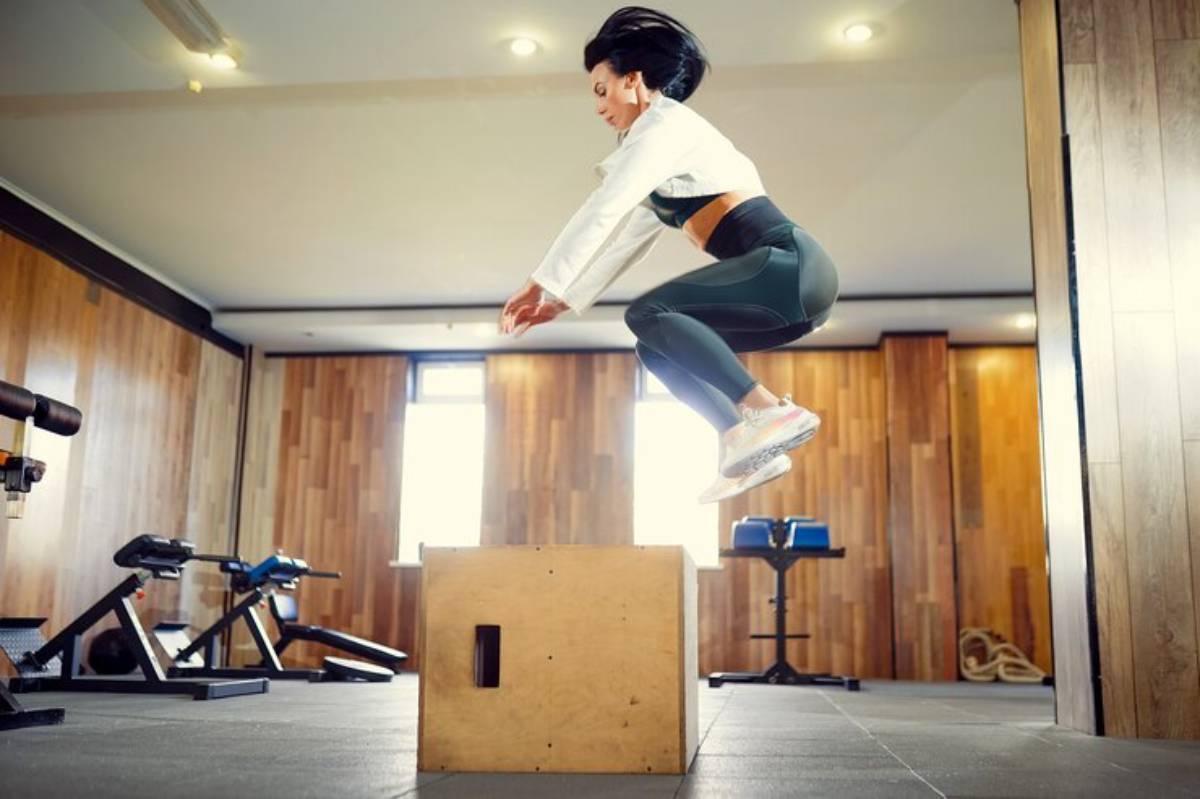
As effective as jump training is, it comes with risks if not done properly.
Here’s how to keep your training safe:
- Focus on form: Land softly, keeping your knees aligned over your toes. Avoid letting your knees cave inward.
- Start slow: Begin with lower-intensity movements and build up as your strength and coordination improve.
- Prioritise recovery: Plyometrics are taxing. Allow your body time to recover and adapt.
- Listen to your body: Sharp pain or joint discomfort is a red flag. Modify or scale back as needed.
Expert insight: Research from the Journal of Strength and Conditioning Research shows that good plyometric programs can boost power output. They do this without raising injury risk. However, this requires a gradual approach and proper technique (Markovic & Mikulic, 2010).
Conclusion: Unleash Your Explosive Potential
Want stronger, more athletic legs? Bodyweight plyometrics can help. These drills don’t just build muscle — they enhance how your body moves, reacts, and performs.
Add jump training to your routine for a big boost in power, agility, and coordination. You can do this without any equipment!
Remember, mastering plyometrics is about progression and patience. Begin where you are. Focus on quality, not quantity. Celebrate every leap forward (pun intended).
Feeling inspired? Give these drills a go, and let me know how you get on! Share your progress in the comments, or spread the word to a friend looking to level up their leg day. Together, let’s build stronger, more explosive bodies.
